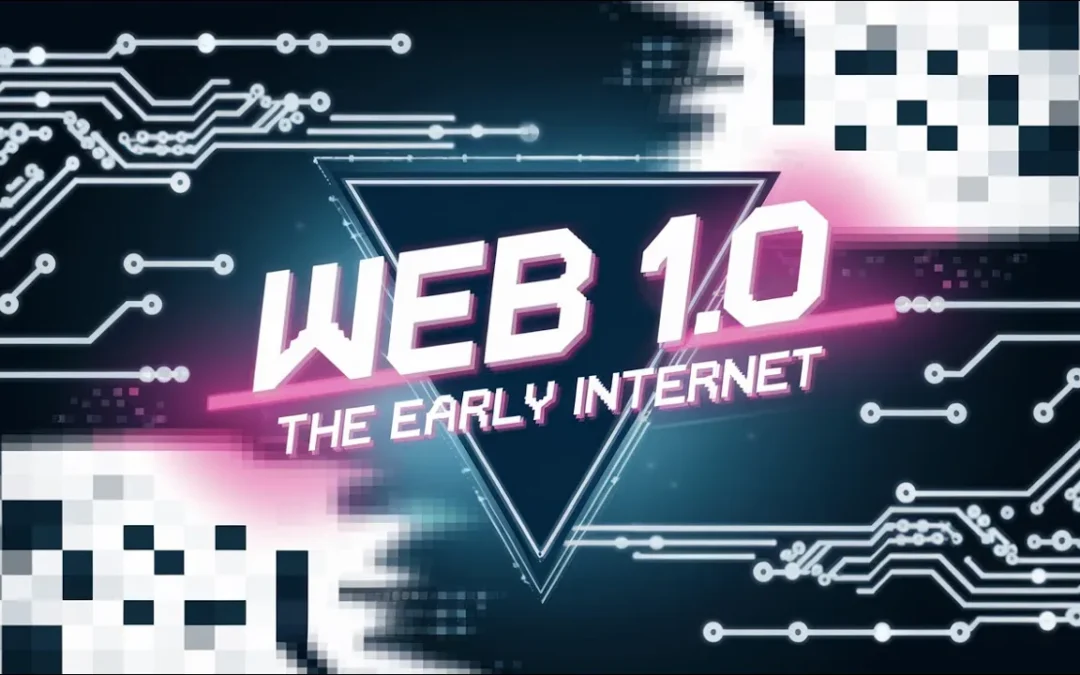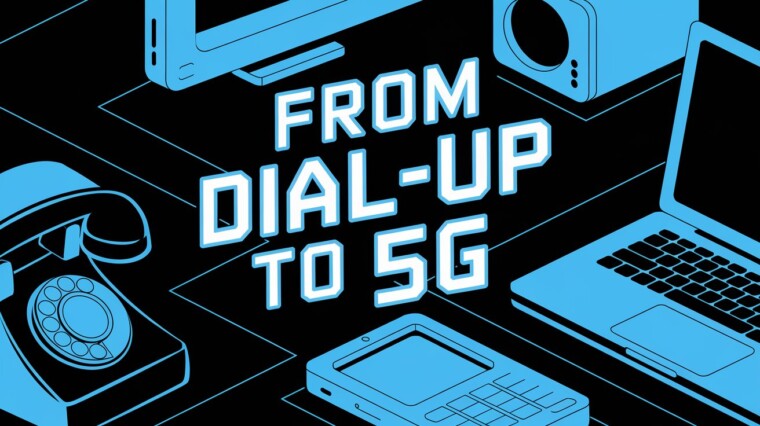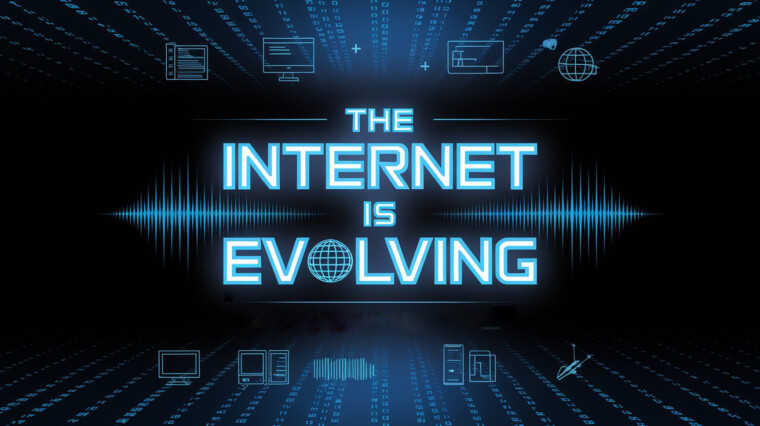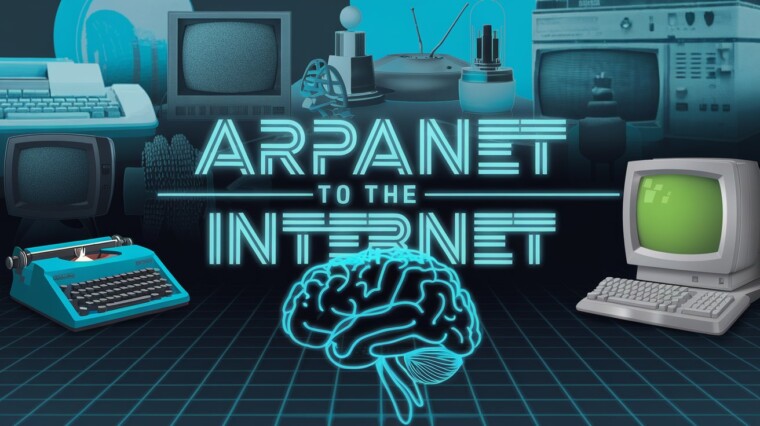Web 1.0: The Early Internet Era That Built Our Digital World and Its Cultural Revolution
The Forgotten Foundation of Today’s Digital World
The internet we experience today—interactive, dynamic, and algorithm-driven—bears little resemblance to its humble beginnings. Between 1989 and 2005, the early internet era known as “Web 1.0” emerged as humanity’s first widespread digital playground. This fascinating chapter, characterized by static websites and limited interactivity, laid the groundwork for our modern digital experience.
The early internet was fundamentally a “read-only” experience. Users could access information but rarely contributed to it. This one-way communication model reflected the technological limitations of the time, but also fostered a unique digital culture that emphasized exploration and discovery rather than engagement and conversation.
Despite its limitations, the early internet represented a revolutionary leap forward in human connectivity. For the first time in history, individuals could instantly access information from around the world without leaving their homes. This unprecedented access to knowledge began reshaping education, business, and personal communication long before social media entered the picture.
The Architecture of Early Internet Experiences
Manual Coding and Visual Aesthetics
The visual landscape of the early internet stands in stark contrast to today’s sleek designs. Early websites required manual HTML coding—with each element of a page written line by line. Before Cascading Style Sheets (CSS) became standard, web designers relied on creative workarounds to achieve their visual goals.
The aesthetic results were often chaotic but charmingly distinctive:
- Bright neon text colors against contrasting backgrounds
- Overuse of fonts like Comic Sans
- Animated GIFs of construction workers, dancing babies, or “Under Construction” signs
- Table-based layouts for positioning elements
- Background textures and patterns that often competed with the text
- Unoptimized images that loaded painfully slowly on dial-up connections
These design elements may seem garish by today’s standards, but they represented the cutting edge of digital expression in their time. The technical constraints forced creators to prioritize function over form, resulting in websites that were information-rich but visually unsophisticated.
According to a study by the Internet Archive, less than 1% of websites from the early internet era remain accessible today, making this period increasingly important to digital historians and archivists.
Navigation Before Google
Before sophisticated search algorithms dominated internet navigation, early internet users relied on manually curated systems to find content. Web directories like Yahoo! Directory and DMOZ (Directory Mozilla) organized websites into categories and subcategories, creating a hierarchical structure for the growing internet.
These directories employed actual humans to review and categorize websites—a stark contrast to today’s algorithmic approach. While labor-intensive, this manual curation provided a level of quality control and organization that helped early internet pioneers make sense of the rapidly expanding digital world.
Complementing these directories, “web rings” emerged as a grassroots solution for content discovery. These collaborative networks linked together websites with similar themes or topics, allowing users to navigate from one site to another in a circular pattern. Each site in the ring would display navigation buttons allowing visitors to move to the next or previous site in the sequence.
Web rings fostered tight-knit digital communities around niche interests long before social media platforms made such connections commonplace. According to Internet sociology researchers, these early community structures established patterns of online social behavior that would later influence more sophisticated platforms.
The Tools That Shaped the Early Internet
Netscape Navigator and Early Browsers
The browser wars of the 1990s played a crucial role in making the early internet accessible to everyday users. Netscape Navigator, released in 1994, revolutionized web browsing with its user-friendly interface and faster loading times. Before Netscape, browsing the web required technical knowledge that limited its appeal to mainstream audiences.
Netscape’s innovation went beyond usability; it introduced features we now take for granted:
- Cookies for persistent login sessions
- JavaScript for interactive page elements
- Support for display of text and images simultaneously
- Progressive rendering that showed content as it loaded
These advancements transformed the early internet from a technical curiosity into a practical tool for information access. They also sparked competition that would lead to rapid innovation in browser technology, culminating in the diverse ecosystem of browsers we use today.
According to the W3C (World Wide Web Consortium), these early browser developments established many of the technical standards that still govern web development practices decades later.
Email: The Original Digital Communication
While we now have numerous digital communication channels, email was revolutionary when it became widely available during the early internet era. Simple text-based messages that could traverse the globe in seconds fundamentally changed expectations around communication speed and efficiency.
Email’s impact was most immediately felt in:
- Business communications, reducing reliance on physical mail and fax machines
- Academic collaboration, allowing researchers to share findings instantly
- Personal connections across geographical boundaries
- Early e-commerce notifications and transactions
The standardized protocols that made email possible—SMTP, POP3, and later IMAP—represented significant technical achievements that established patterns for other internet communication standards. According to communication technology historians, email remains one of the most durable and universal internet technologies, with approximately 4 billion users worldwide today.
The Cultural Revolution of the Early Internet
Geocities and Personal Expression
Perhaps no platform better exemplifies the unique culture of the early internet than Geocities. Launched in 1994, Geocities allowed users to create personal webpages organized into themed “neighborhoods” based on content type. At its peak, it hosted millions of user-created websites covering everything from fan fiction to personal diaries.
Geocities democratized web publishing, giving anyone with basic HTML knowledge their own space on the internet. This democratization had profound implications:
- It shifted internet content creation from institutions to individuals
- It established personal expression as a core internet function
- It created an unprecedented archive of early digital culture
- It provided a training ground for many who would later become professional web developers
When Yahoo! shut down Geocities in 2009, it erased a significant piece of early internet history. Fortunately, preservation projects like the Archive Team’s Geocities Project have worked to save samples of this unique digital ecosystem.
Forums and Early Community Building
While the early internet is often characterized as a read-only medium, forums represented an important exception. These discussion boards allowed users to create threads, post responses, and engage in asynchronous conversations about shared interests.
Forums cultivated vibrant communities around specific topics:
- Technical support for early computer users
- Fan discussions about media properties
- Hobby and special interest groups
- Professional and academic discussions
These platforms established important norms for online interaction that continue to influence digital communication today. They also demonstrated the internet’s power to connect people across geographical and social boundaries based solely on shared interests.
According to digital anthropologists, many patterns of online community governance—from moderation practices to social norms—emerged during this formative period and continue to shape online interactions decades later.
The Transition to Utility
As the early internet matured, its applications expanded beyond entertainment and curiosity. Educational institutions began digitizing materials and experimenting with online learning environments. Businesses explored e-commerce possibilities, though online shopping remained limited by security concerns and low bandwidth.
Government agencies created their first websites, providing citizens with access to public information and, eventually, online services. Libraries began digitizing catalogs and, in some cases, their collections, expanding access to knowledge resources.
These early practical applications foreshadowed the internet’s eventual role as essential infrastructure rather than optional technology. According to the Pew Research Center, this transition period established patterns of technology adoption that would accelerate dramatically as the early internet evolved into Web 2.0.
The Technical Infrastructure of the Early Internet
The early internet relied on a fundamentally different technical infrastructure than today’s high-speed networks. Dial-up modems, typically connecting at speeds between 28.8 and 56 Kbps, produced their characteristic connection sounds as they established links through telephone lines.
This limited bandwidth shaped how content was created and consumed:
- Images were kept small and highly compressed
- Audio and video were rare and extremely limited in quality
- Pages were designed to load incrementally
- Text remained the primary medium for most information
The physical infrastructure supporting the early internet was similarly limited. According to telecommunications historians, the backbone networks of the 1990s operated at speeds that would be considered inadequate for a single household today.
Despite these limitations, innovators found ways to push the boundaries of what was possible. Early streaming audio services like RealAudio compressed sound to make it transmissible over dial-up connections. Game developers created multiplayer experiences that functioned despite high latency and frequent disconnects.
Global Impact and Digital Divides
The early internet’s spread was uneven, creating what became known as the “digital divide.” While urban centers in developed nations gained relatively quick access to this new technology, rural areas and developing countries often lagged years behind.
This inequality shaped how different populations experienced the dawn of the digital age:
- In North America and Western Europe, home internet access became increasingly common through the 1990s
- In many parts of Asia, internet cafes served as communal access points
- In developing regions, internet access remained limited to universities and government institutions
- Globally, internet penetration followed existing economic divisions
According to UNESCO studies, these early patterns of access and exclusion established digital inequalities that continue to affect global development today. The early internet era thus not only shaped technological evolution but also influenced economic and social opportunities worldwide.
Conclusion: Appreciating the Foundation
The early internet era represents a fascinating technological adolescence—awkward and unrefined, yet brimming with potential and innovation. Its static pages, manually curated directories, and limited interactivity may seem primitive compared to today’s dynamic internet experience, but they established critical technical and cultural foundations.
As we navigate today’s algorithm-driven, mobile-optimized web, it’s worth remembering the DIY spirit and experimentation that characterized the internet’s early days. Those neon-colored GeoCities pages and clunky forum interfaces represent more than just nostalgia—they showcase the human creativity that transformed a technical curiosity into a world-changing medium.
The early internet reminds us that even the most sophisticated technologies begin as experimental, imperfect systems. By understanding this formative period, we gain perspective on how far we’ve come and where we might be heading as digital technologies continue to evolve.
Ready to bring your digital presence into the modern era while maintaining that human touch that made the early internet so special? Our team combines cutting-edge web development with thoughtful design principles that put your audience first. Whether you need a custom website, SEO optimization, or comprehensive digital strategy, we’re here to help. Contact us today for a personalized quote and discover how we can transform your online presence.
Share on Social Media
Innovate Your Online Presence: Request a Quote for Cutting-Edge Website Design, today!
Take the first step to achieving your business goals – contact us now for a free consultation! We’ll create a customized plan tailored to your needs and budget.










